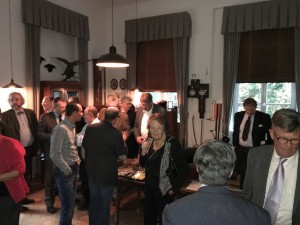 Wheelchairs have been a tremendous help for handicapped people, yet little innovation has happened, except for chunky, big motorized versions of traditional wheelchairs. A Japanese company has introduced something that looks a little like the Segway®, but built for the handicapped – They are calling it Whill It is still a concept, but it really looks promising and a real leap for wheelchair-users. Here’s the twist: The Whill includes two circular hubs that attach to the wheels of any wheelchair. This also means significantly lower costs for patients. Powered by lithium ion batteries, each of those eletrric attachments each contain a 24-volt electric motor that brings power to manual wheelchairs, with speeds of up to 20 km per hour. Steering is done through leaning back and forth. The video below demonstrates the Whill in action: Let’s hope to see this thing coming to production soon.
Wheelchairs have been a tremendous help for handicapped people, yet little innovation has happened, except for chunky, big motorized versions of traditional wheelchairs. A Japanese company has introduced something that looks a little like the Segway®, but built for the handicapped – They are calling it Whill It is still a concept, but it really looks promising and a real leap for wheelchair-users. Here’s the twist: The Whill includes two circular hubs that attach to the wheels of any wheelchair. This also means significantly lower costs for patients. Powered by lithium ion batteries, each of those eletrric attachments each contain a 24-volt electric motor that brings power to manual wheelchairs, with speeds of up to 20 km per hour. Steering is done through leaning back and forth. The video below demonstrates the Whill in action: Let’s hope to see this thing coming to production soon.

